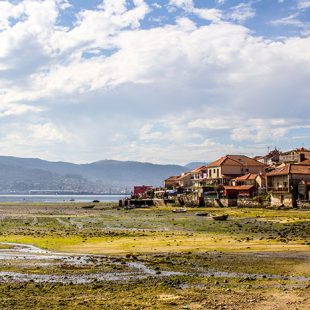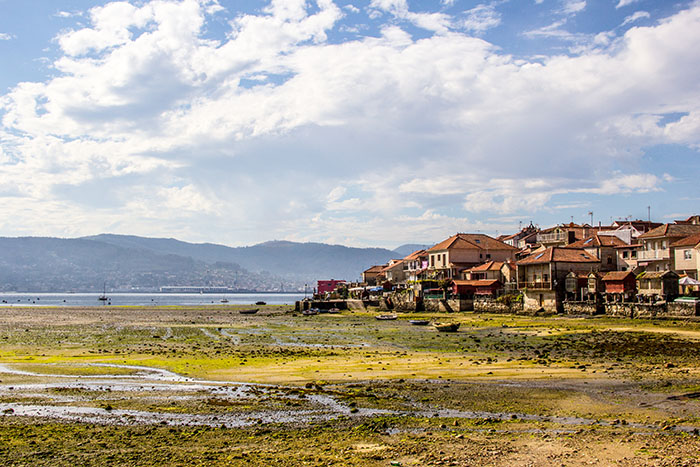
Discovering Combarro: An exceptionally pretty village in Galicia
Galicia is home to many beautiful villages and towns that cling on to a unique culture and heritage and remain untouched by the steady stream of tourism this north-western region of Spain enjoys.

One such village is Combarro, hailed by many as the most beautiful village in Galicia. This picturesque town can be found not far from the bustling city of Pontevedra, nestled along the Rias Baixas estuaries.
The village is defined by its pretty colourful houses stacked neatly above each other that seem to tumble down to the water’s edge. Adding to the distinctness of these traditional seaside houses are the ‘horreos’, small, ‘mini’ houses which stand at the foot of the main residences. These characterful structures were built in the 18th and 19th centuries to store food. Pretty wooden balconies that look out to sea are another key feature of the houses in Combarro.
Another pleasant architectural feature of this viliña mariñeira, ‘little mariner’s town’, is its ancient, granite-paved streets, which date to the 1700s. Artisan shops line these quaint and charming streets, where welcoming shopkeepers invite passers-by in to sample their local delicacies and browse through the special trinkets and treasure they have to offer.
Dining out is serious business in Combarro and the village is home to several high-quality restaurants, specialising in serving incredibly fresh and tasty seafood. A large proportion of Combarro’s restaurants can be found in the street opposite the estuary, where the aromas of mouth-watering dishes of fresh octopus, crunchy calamari, steamed mussels and other delightful catches of the day, fuse together to entice people into the restaurants to wine, dine and relax whilst looking across the water.
Asides shopping and eating out, Combarro is home to a number of fascinating ancient sites. One such site is the town’s ‘cruceiros’ – stone crosses – which protect the crossroads. It is belied the cruceiros of Combarro was the place where witches held their meetings.
The San Roque Church is another must-see site of the town, which dates to the 18th century. One distinct feature of the church is the figure of San Roque, accompanied with his trusty dog, San Roquiño.


